Diversity at College: Real stories of students conquering bias and making higher education more inclusive
"Bias exists whether we recognize it or not, but each of us has the ability to challenge this status quo and advocate for change. It is possible to retrain our brains! When we commit to actively recognizing and addressing our biases, people can change - and in turn, create a stronger and more equitable society where all members have a seat at the table."

FIVE REVEALING STORES. REAL STUDENT EXPERIENCES.
A ROADMAP TO TEACHING AND LEARNING DIVERSITY FOR THE NEXT GENERATION.
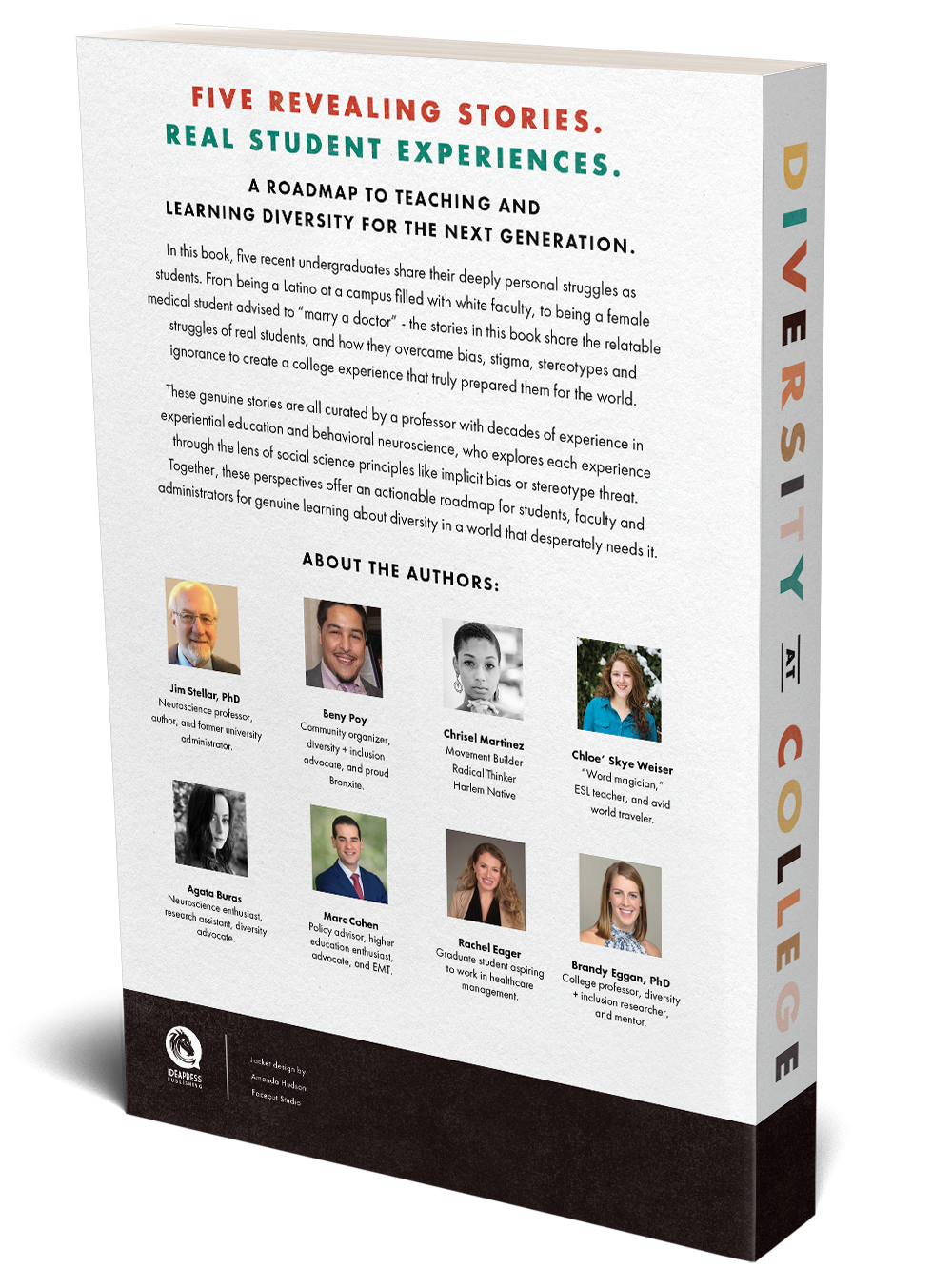
IMPLICIT BIAS.
- Any unconsciously-held set of associations about a particular social group. These biases result in stereotypes that are often untrue.
- Beny was one of the only people of color in the Philosophy department. Why should only old white dudes get to be philosophers?
Read Beny's story in Chapter 2!
SELF-HANDICAPPING.
- The psychological strategy where people avoid failure by not trying something when they think they won't succeed. This can harm self-esteem and has resulted in the underrepresentation of diverse groups in fields like STEM, medicine, and more.
- Rachel wanted to study medicine, but an offhand comment brought on feelings of self-doubt. How did she overcome it?
Read Rachel's story in Chapter 3!
PEER SUPPORT.
- Occurs when individuals facing similar challenges come together as a group to give and receive help based on their shared lived experiences.
- Chrisel's entry into college life was shaped by the Educational Opportunity Program. How has it helped her succeed?
Read Chrisel's story in Chapter 4!
IN-GROUP/OUT-GROUP.
- The contrast between two groups, particularly where the “in-group” holds a power or status that someone from the “out-group” wants to acquire. Shown scientifically to be an unconscious driver of behavior in all age groups, races, etc.
- When Marc got to college, he found himself to be a little fish in a big pond. Where would he find his people?
Read Marc's story in Chapter 5!
STEREOTYPE THREAT.
- When stereotypes result in an unconscious tendency for members of a stereotyped group to self-impose unwarranted negative attributes.
- Agata came to the US from Poland as a teenager and had to build her new life from the ground up in English. Did she let that stop her?
Read Agata's story in Chapter 6!
SUBSCRIBE NOW
Get a Free Chapter of this Book
ABOUT THE AUTHORS
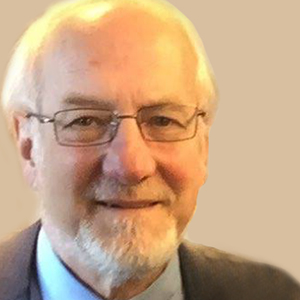
Jim Stellar, PhD
Neuroscience professor, author, and former university administrator.
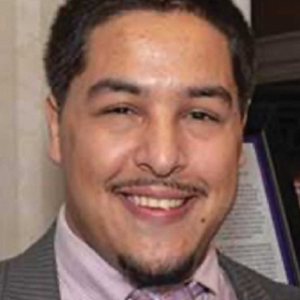
Beny Poy
Community organizer, diversity + inclusion advocate, and proud Bronxite.
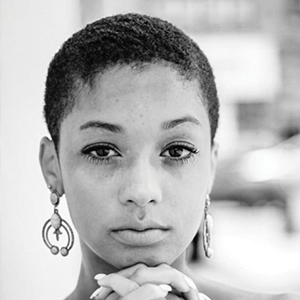
Chrisel Martinez
Movement Builder Radical Thinker Harlem Native
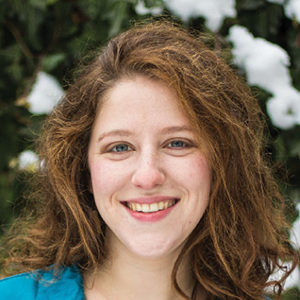
Chloe Skye Weiser
“Word magician,” ESL teacher, and avid world traveler.

Agata Buras
Neuroscience enthusiast, research assistant, diversity advocate.
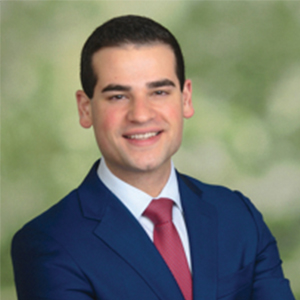
Marc Cohen
Policy advisor, higher education enthusiast, advocate, and EMT.
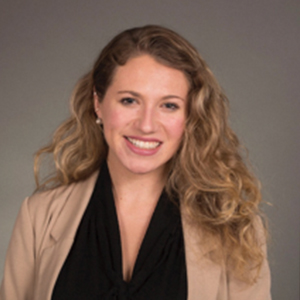
Rachel Eager
Graduate student aspiring to work in healthcare management.
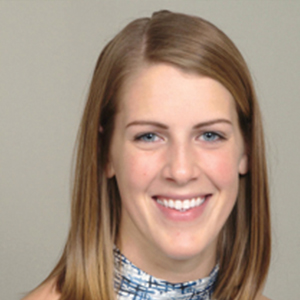
Brandy Eggan, PhD
College professor, diversity + inclusion researcher, and mentor.
See what others are saying
Reviews Coming Soon..
GET IN TOUCH
Have a question about how neuroscience principles can help or hinder student success? Drop it here and we'll respond within 24 hours.

© 2023 IdeaPress. All Rights Reserved.





